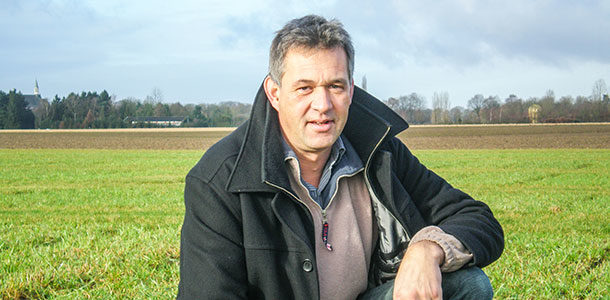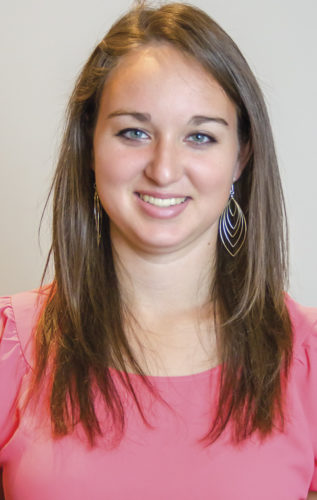“Last time I was here, big hotels, big beds, big trucks, everything was big,” says Lukas Wolters, the senior manager of breeding grasses at DSV (Deutsche Saatveredelung) AG. “You have big cars still, but the oversized impression I had of the United States has adapted. I like it.”
Wolters, who was visiting the U.S. from the Netherlands for the first time in 20 years, summed up his trip by attending the Pennsylvania Forage and Grassland Council’s tour in June.
Wolters was visiting his company’s test plots in the U.S. and looking for additional production facilities. Wolters said the U.S. contributes to the 20 percent of the seeds bred by DSV, which are sold outside of Europe. Once they have developed the seed in Europe, they ship it to the U.S. to one of these facilities to be tested and produced. If it fares well, seed salesmen from the U.S. will market the seed.
Although Wolters feels Europe has done an excellent job of developing persistent grasses with high feeding values, he was interested in the U.S.’s developments in seed yield, salt tolerance, winter survival and drought tolerance. Additionally, Wolters was extremely interested in alfalfa varieties in the U.S.
About 60 percent of the work in breeding grasses done by his company is in perennial rye grass. There is little alfalfa production in Europe; however, Wolters thinks alfalfa would be a good crop for eastern Germany, Russia, Ukraine and Kachistan. These countries have more dry land and harder winters than the rest of Europe and are more similar to areas of the U.S. than the rest of Europe.
Europe and the U.S. greatly differ on a few key aspects of plant breeding. One of the bigger differences is in terms of plant breeder’s rights and variety recommendation. Private companies do over 80 percent of the plant breeding in Europe.
Plant breeders get patents on the variety of seed they develop and earn royalties on it once it has been put into production. Before it can go into production, the breeder sends in what they call the “breeders seed” for official government testing in the different European countries.
In order to pass testing, the variety must show a definite improvement in some aspect of that plant’s performance, the agricultural added value. According to Wolters, GMOs are not permitted in Europe, which means that all plant breeding must be done through selected breeding.
Most farmers in Europe only feed forages and do not incorporate concentrates into the animals’ feed, says Wolters. Forages are mainly fed as grass silage, corn silage and grazing pasture. The Netherlands, Germany and France, which is the region where Wolters primarily works, mainly raise cattle.
Dairy cattle are especially predominate in this area, accounting for 70 to 80 percent of the cattle in the Netherlands, 60 percent in Germany, and France is split 50-50 for dairy and beef cattle.
At the end of the day, good business is what it all comes down to. Both the U.S. and Europe have much they could learn from each other. Wolters says these visits are necessary to building that relationship and building the future of agriculture. Visits such as these are important for both Europe and the U.S. as they seek ways to improve their own system of food production as well as share their ideas and insights with those around them. FG
PHOTO
Lukas Wolters, senior manager of breeding grasses at DSV AG and a native of the Netherlands, visited the U.S. in June to learn more about the U.S.’s plant breeding programs. He says visits such as these are necessary to building a relationship between the U.S. and Europe and to the future of agriculture. Photo provided by Lukas Wolters.












